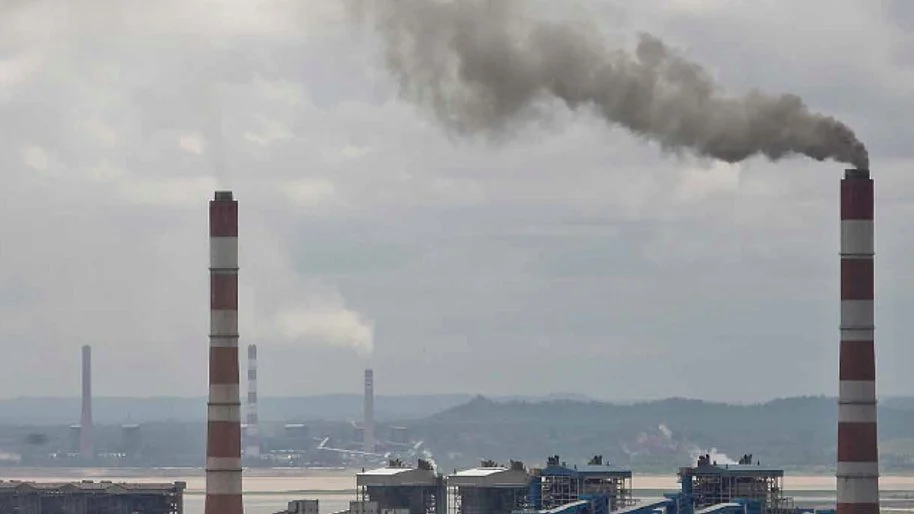Environment
300 coal power plants violate air pollution laws, MoEF ignores
Sulphur dioxide emissions have increased by 32 per cent, but even then the power industry and the power ministry have been attempting to delay the implementation of norms until 2022

For most part of November, residents in the Capital lived under a smog – no blue skies or even the sun. Average pollution levels exceeded at least 10 times the World Health Organisation-recommended 24-hour levels. In fact, pollution levels were nearly 40 times this number.
But, its not just Delhi that has an air pollution problem; many Indian cities are ranked quite high on Asia’s worst polluted list by WHO. Indian cities Ludhiana, Allahabad, Gwalior, Raipur, Kanpur and Patna feature on that list.
Any conversation on tackling pollution includes measure to cut down vehicular fumes, but no discussion takes place on industrial pollution reforms. There are more than 300 coal power plants across the country are still violating the emission standard norms notified by the Ministry of Environment, Forest and Climate Change (MoEFCC) in 2015. A recent study by Greenpeace India states that Sulphur dioxide (SO2) emissions in India have increased by 32 per cent, driven predominantly by emissions from coal power plants. Along the increase in SO2 emissions, the particulate matter in the air has also increased by 34 per cent.
“Exposure to SO2 for short terms can harm our respiratory system and make breathing difficult. Also, inhalation of SO2 as secondary particulate matter can penetrate deeply into sensitive parts of the lungs and cause additional health problems such as asthma, chronic bronchitis, morbidity and mortality increase in old people and infants,” says Sunil Dahiya of Greenpeace.
Published: 08 Dec 2017, 6:45 PM IST
India has surpassed China’s SO2 emission and now has the dubious distinction of being the world’s largest emitter of SO2, a major toxic pollutant that has a serious impact on human health.
MoEFCC’s new norms limited emissions of particulate matter (PM), sulphur dioxide, nitrogen oxides, mercury and reduced water usage by coal powered thermal power plants. These emissions are a key contributor to surging particulate matter levels in India, with the coal power sector being a key contributor to air pollution.
These norms were to come into effect by December 7, 2017. But despite being given two years to implement these norms, the Ministry of Power and Central Electricity Authority, along with the power industry, is attempting to push the dates further by at least five years until 2022 and they have also been campaigning for the relaxation of the water usage limits.
Published: 08 Dec 2017, 6:45 PM IST
“IIT Kanpur report mentions, “control of SO2 and NOx from power plant within 300 km radius of Delhi can reduce PM10 concentration approximately by 99 µg/m3 and for PM2.5 the reduction could be about 57 µg/m3 in Delhi. Only controlling 90% SO2 will effectively reduce PM10 and PM2.5 concentration by about 62 µg/m3 and 35 µg/m3 respectively. This signifies that we can reduce an equivalent amount of PM2.5 in the air in Delhi as our national (CPCB) 24 hourly standard for PM2.5 and more than 2 times the WHO permissible standard by controlling 90% of SO2 and NOx from Power Plants around Delhi,” adds Dahiya.
According to the Central Pollution Control Board, if the new standards are implemented, it will cut down approximately 40 per cent of PM emissions and 48 per cent of both nitrogen dioxide and sulphur dioxide as pollutant from power generation sector.
Published: 08 Dec 2017, 6:45 PM IST
Follow us on: Facebook, Twitter, Google News, Instagram
Join our official telegram channel (@nationalherald) and stay updated with the latest headlines
Published: 08 Dec 2017, 6:45 PM IST